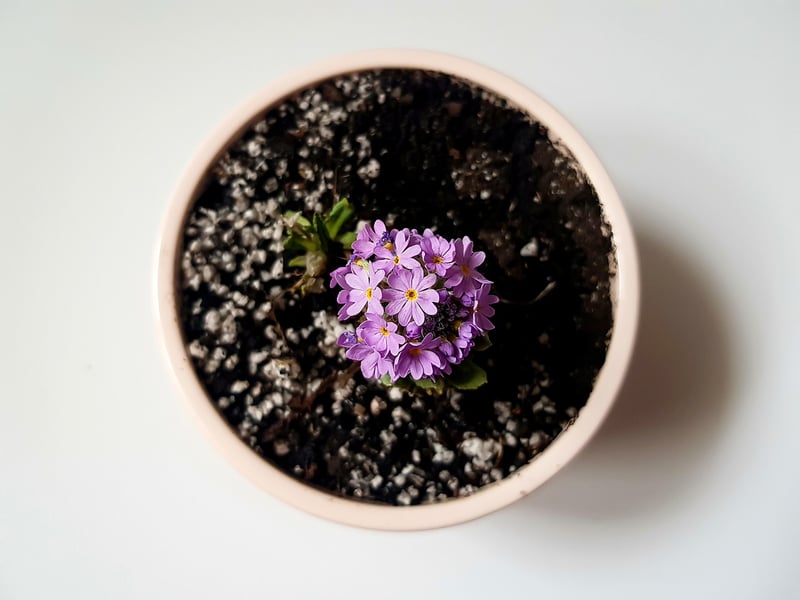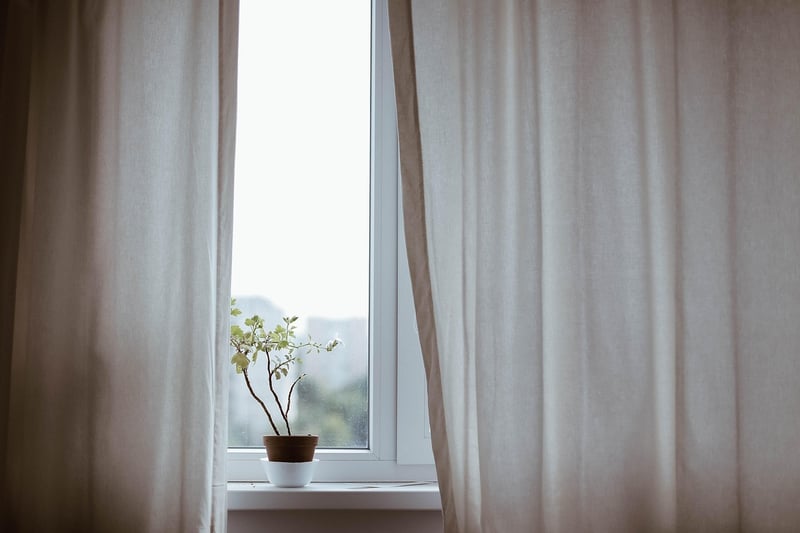Indoor Plants
Tips and Tricks for Urban Gardening + Indoor Plants
Introduction
Urban gardening and indoor plants are excellent ways to bring greenery into your living space, even if you don't have a traditional garden. Whether you have a small apartment balcony or a sunny window sill, there are plenty of opportunities to grow plants and create a lush environment. Here are some tips and tricks to help you succeed in urban gardening and caring for indoor plants.
1. Choose the Right Plants
When selecting plants for urban gardening or indoor spaces, consider the amount of light available. Low-light plants like pothos and snake plants are great for shady areas, while herbs and succulents thrive in sunny spots. Make sure to research each plant's specific care requirements to ensure they will flourish in your space.
2. Use Vertical Space
Maximize your space by utilizing vertical gardening techniques. Hanging planters, wall-mounted pots, and vertical plant stands can help you make the most of limited space while adding a decorative touch to your home.
3. Proper Watering
Overwatering is a common issue for indoor plants. Make sure to water your plants only when the top inch of soil is dry to prevent root rot. Use a watering can with a narrow spout to target the soil directly and avoid wetting the foliage excessively.
4. Monitor Humidity Levels
Indoor environments can have low humidity levels, which may affect certain plants. To increase humidity, group plants together, place a tray of water near your plants, or use a humidifier. Alternatively, misting your plants occasionally can also help maintain adequate moisture levels.
5. Prune Regularly
Trimming dead or yellowing leaves and pruning overgrown branches is essential for plant health. Regular pruning encourages new growth and helps maintain the shape of your plants. Use clean, sharp scissors or pruning shears to prevent damage to the plant.
6. Fertilize Wisely
Feed your plants with a balanced fertilizer according to their specific needs. Indoor plants typically require less frequent fertilization compared to outdoor plants. Be cautious not to over-fertilize, as it can harm your plants rather than help them.
Conclusion
Urban gardening and indoor plants offer a rewarding way to connect with nature and enhance your living space. By following these tips and tricks, you can create a thriving indoor garden that brings beauty and tranquility into your home.
Remember to enjoy the process and learn from any challenges you encounter along the way. Happy gardening!


